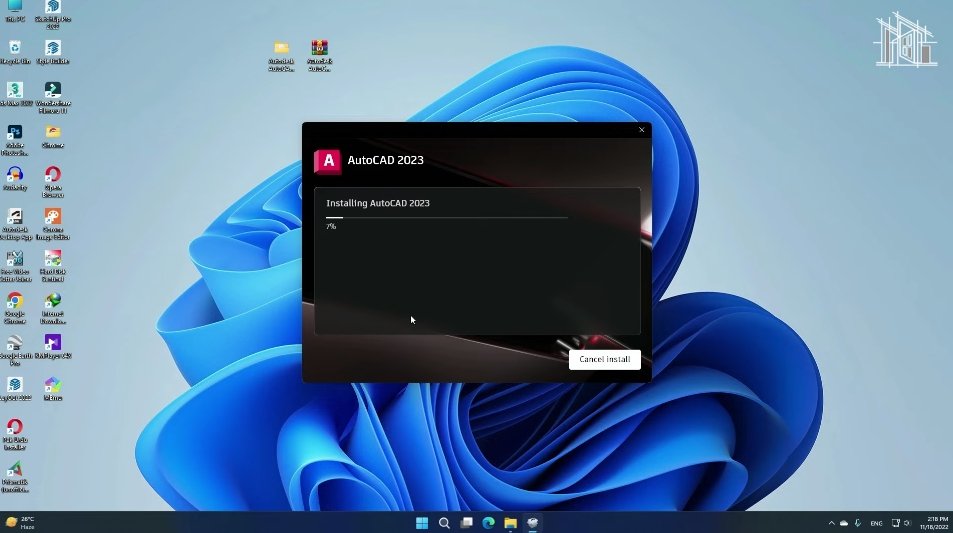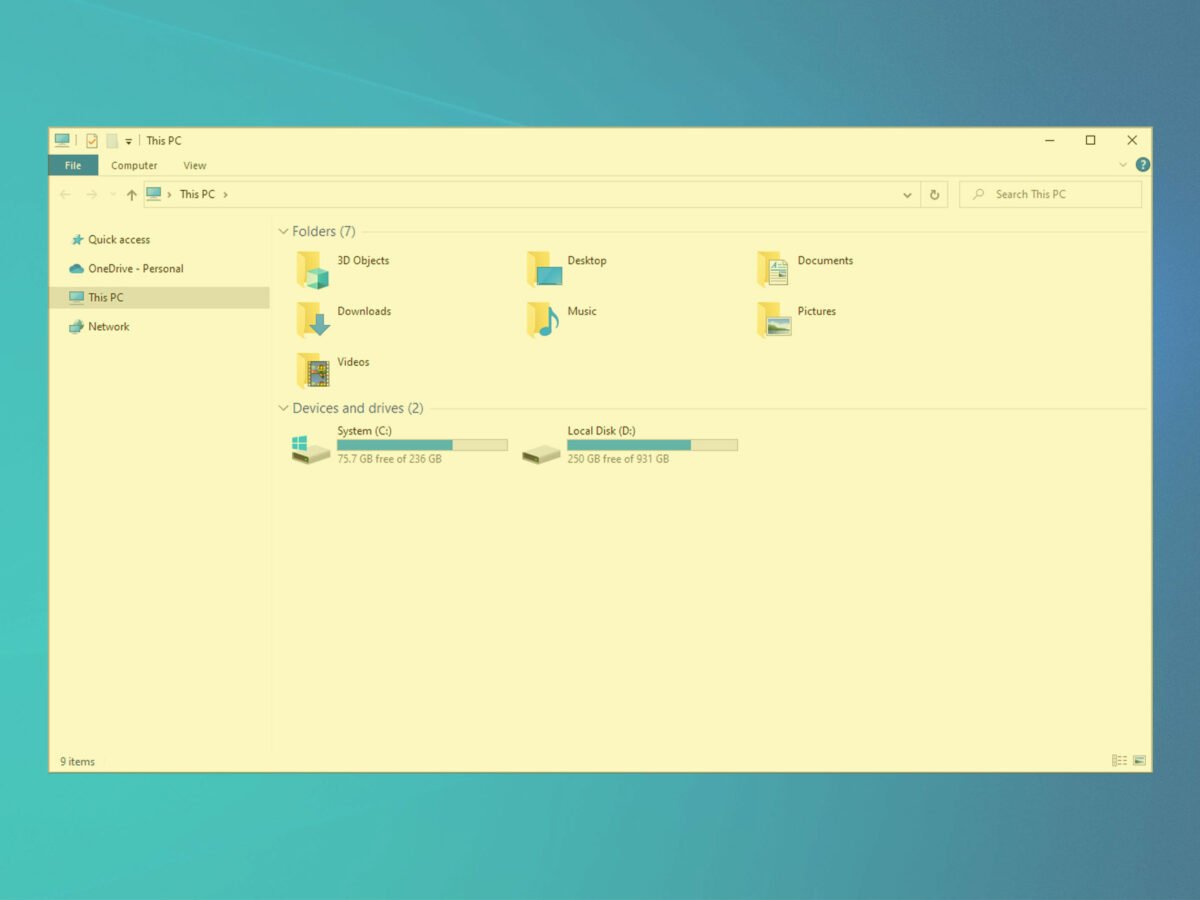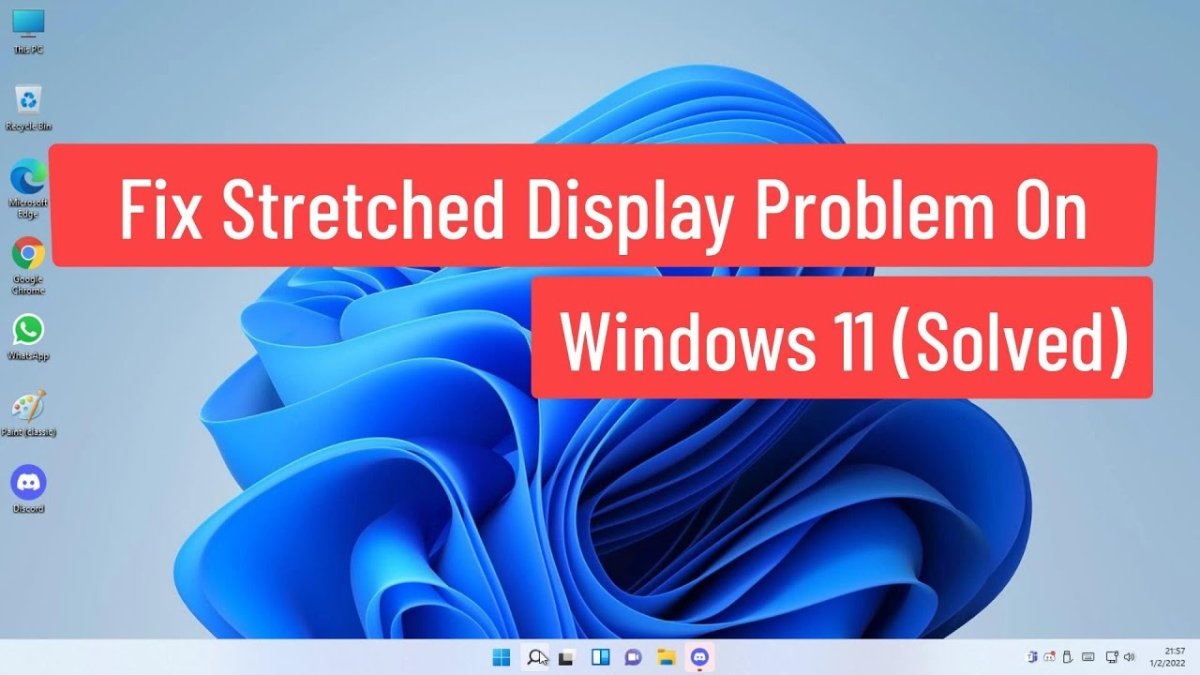
How to Update Nvidia Drivers Windows 11?
If you are looking for instructions on how to update your Nvidia drivers in Windows 11, you have come to the right place. Updating your drivers is an important part of keeping your computer running smoothly and can help to improve the performance of your applications.
In this tutorial, I will take you through the steps to update your Nvidia drivers in Windows 11. From downloading the latest drivers, to troubleshooting any potential issues, I will provide a comprehensive guide to help you get the most out of your Nvidia drivers. So, let's get started!
Updating Nvidia Drivers on Windows 11
To update your Nvidia drivers on Windows 11, follow the steps below:
- Open the Windows search bar and type “Device Manager” then hit Enter.
- In Device Manager, under “Display Adapters”, right-click on your Nvidia graphics card and select “Update Driver”.
- Choose the “Search automatically for updated driver software” option and follow the on-screen instructions.
- Restart your computer after the update is finished.
Introduction to Updating Nvidia Drivers in Windows 11
Updating your Nvidia drivers in Windows 11 is a necessary and important step in the process of optimizing your computer's performance. Updating your drivers will ensure that your graphics card is running at its best and that your system is able to take advantage of all the latest features available.
In this article, we will discuss how to update Nvidia drivers in Windows 11 and the different ways to do so.
Using GeForce Experience to Update Nvidia Drivers
The most straightforward way to update your Nvidia drivers is to use the GeForce Experience app. This is a free utility provided by Nvidia and is available for download on their website.

Once installed, GeForce Experience will scan your computer for installed Nvidia drivers and will prompt you to update them if necessary. This is the easiest way to update your drivers and will ensure that you have the latest version.
Steps to Update Nvidia Drivers with GeForce Experience
The first step in updating your Nvidia drivers with GeForce Experience is to open the app. Once the app is open, you will be presented with the main menu. From here, select the “Drivers” tab.
This will open a window where you can select the “Check for updates” option. This will begin a scan of your system and will prompt you to install any available updates.
Benefits of Using GeForce Experience
Using GeForce Experience to update your Nvidia drivers provides a number of benefits. Not only is it the easiest way to update your drivers, but it also ensures that you are running the latest version of the drivers.
This will ensure that your system is running at its best and that you are taking advantage of the latest features available.
Manually Updating Nvidia Drivers
If you prefer, you can also manually update your Nvidia drivers. This is a slightly more involved process, but it is still relatively easy to do.
To do this, you will need to visit the Nvidia website and download the appropriate drivers for your graphics card.
Steps to Update Nvidia Drivers Manually
The first step in manually updating your Nvidia drivers is to visit the Nvidia website. Once there, you will need to select the “Download Drivers” option. This will open a window where you can select the type of graphics card you have.
Once you have selected the correct graphics card, you will be presented with a list of available drivers. Select the latest version of the drivers and download them to your computer.
Benefits of Manually Updating Drivers
Manually updating your Nvidia drivers can be beneficial in a few different ways. Not only does it give you more control over the process, but it also ensures that you have the latest version of the drivers.
This is important as the latest version of the drivers will ensure that your system is running at its best.
Using Device Manager to Update Nvidia Drivers
Another way to update your Nvidia drivers is to use the Device Manager. This is a built-in tool in Windows 11 and is relatively easy to use. To use Device Manager to update your drivers, you will need to open the app and then select the “Display Adapters” option.
This will open a list of installed graphics cards. Select your Nvidia card and then select the “Update Driver” option. This will begin a scan of your system and will prompt you to install any available updates.
Steps to Update Nvidia Drivers with Device Manager
The first step in updating your Nvidia drivers with Device Manager is to open the app. Once the app is open, select the “Display Adapters” option. This will open a list of installed graphics cards.
Select your Nvidia card and then select the “Update Driver” option. This will begin a scan of your system and will prompt you to install any available updates.
Benefits of Using Device Manager
Using Device Manager to update your Nvidia drivers is a convenient way to ensure that you are running the latest version of the drivers.
This will ensure that your system is running at its best and that you are taking advantage of the latest features available.
Additionally, Device Manager is a built-in tool in Windows 11, so you don’t have to install any additional software to use it.
Top 6 Frequently Asked Questions
What is a Nvidia driver?
A Nvidia driver is a piece of software created by Nvidia that allows your computer to communicate with your Nvidia graphics card.
It is important to keep your Nvidia driver up-to-date in order to ensure that your graphics card is functioning correctly and performing optimally.
What are the benefits of updating Nvidia drivers?
Updating your Nvidia drivers ensures that your computer is able to make use of the latest features and bug fixes from Nvidia.
This can result in increased performance and stability, improved compatibility with other hardware and software, and better overall graphics quality.
Having the latest drivers also allows you to take advantage of the latest game or application features.
How do I update my Nvidia drivers on Windows 11?
The easiest way to update your Nvidia drivers on Windows 11 is to use the GeForce Experience app. This app will automatically detect and download the latest drivers for your graphics card.
You can also manually download them from the Nvidia website. Once you have downloaded the driver, simply double-click on the installer to begin the installation process.
What is GeForce Experience?
GeForce Experience is a free app from Nvidia that helps you keep your graphics card drivers up-to-date.
It also includes additional features such as game optimization, driver customization, and automatic game settings. It can be downloaded from the Nvidia website.
What if I don't have the GeForce Experience app?
If you don't have the GeForce Experience app, you can still update your Nvidia drivers manually. Simply go to the Nvidia website, find the driver for your graphics card, and download it.
Once you have downloaded the driver, double-click on the installer to begin the installation process.
Are there any risks associated with updating my Nvidia drivers?
It is generally safe to update your Nvidia drivers, but there is always a risk that something may go wrong. This is why it is important to make sure that you have a full backup of your system before you begin the update process.
Additionally, it is recommended to always download drivers from the official Nvidia website to ensure that you are getting the most up-to-date and safest version.
How To Update NVIDIA Graphics Card Drivers on Windows 11 [Tutorial]
In conclusion, updating the Nvidia drivers on Windows 11 can be a great way to ensure that your computer is running at its best. With just a few simple steps, you can keep your system up to date and running smoothly.
It’s important to always keep your drivers up to date, as they are the backbone of your system. By taking the time to update your Nvidia drivers on Windows 11, you can make sure that your PC is running at its optimum performance levels.






